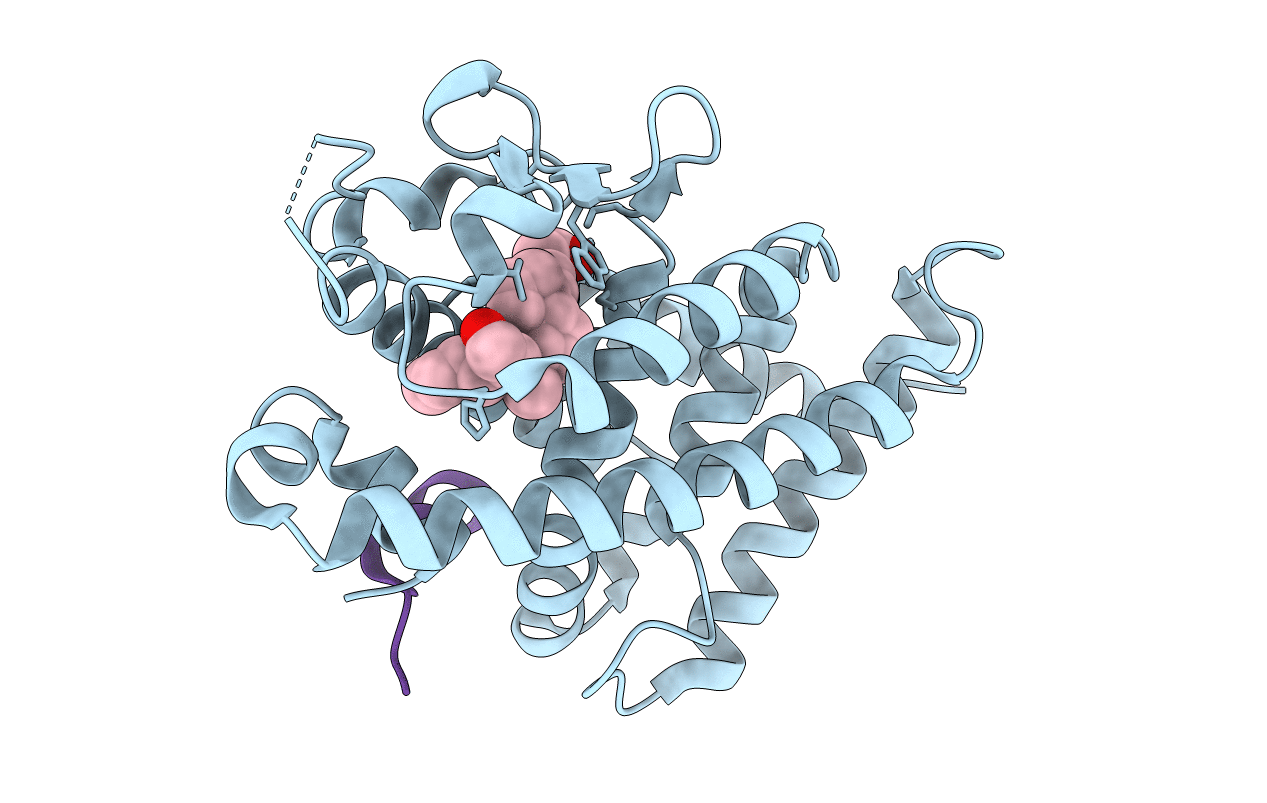
Deposition Date
2009-01-04
Release Date
2009-02-17
Last Version Date
2023-11-01
Entry Detail
PDB ID:
2ZXN
Keywords:
Title:
A New Class of Vitamin D Receptor Ligands that Induce Structural Rearrangement of the Ligand-binding Pocket
Biological Source:
Source Organism:
Rattus norvegicus (Taxon ID: 10116)
(Taxon ID: )
(Taxon ID: )
Host Organism:
Method Details:
Experimental Method:
Resolution:
2.10 Å
R-Value Free:
0.25
R-Value Work:
0.20
R-Value Observed:
0.20
Space Group:
C 1 2 1


